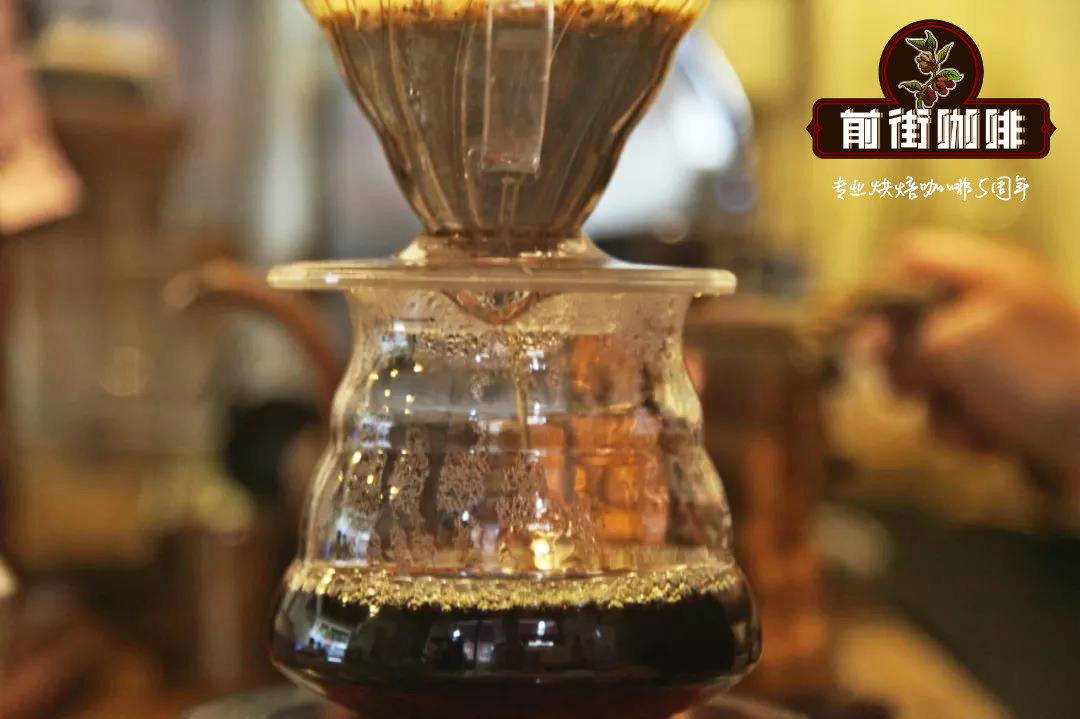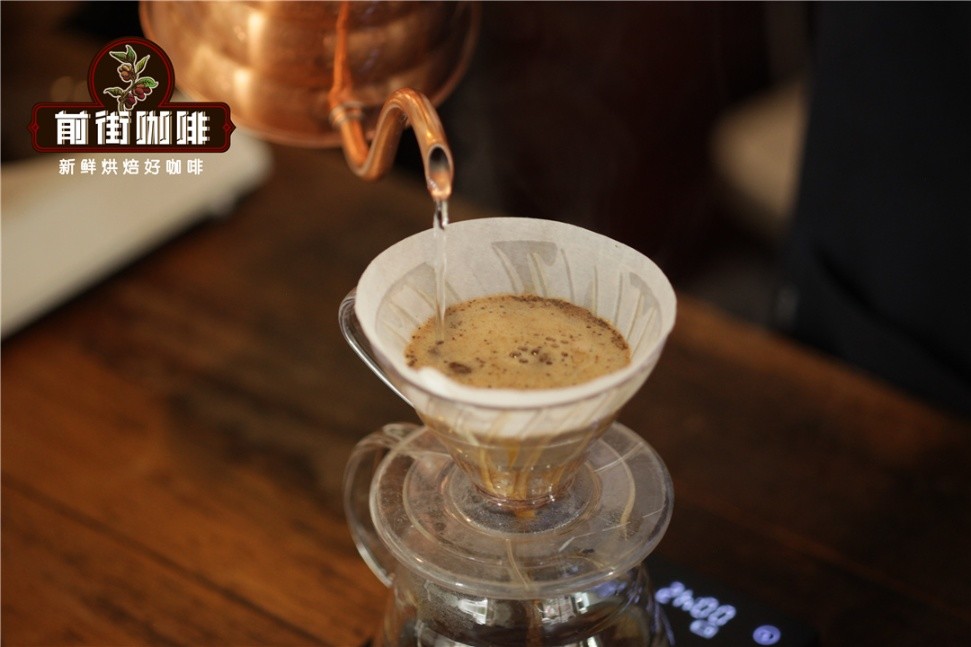What's the difference between Vietnamese coffee and other coffee? Which is the best way to drink Vietnamese coffee or Vietnamese coffee?

For information, please follow the coffee workshop (Wechat official account cafe_style)
Coffee was brought to Vietnam by French Jesuit missionaries around 1860. In the past 150 years, Vietnam has gradually developed its own unique coffee culture. Now, walking along the street from Ho Chi Minh City, the largest city in the south, to the mountain city of Sapa on the border between China and Vietnam, you can often see canvas sheds and sunshades piled or clustered by the roadside, with lounge chairs or hammocks or even small stools facing the road below. There is a simple aluminum drip on the low table next to it. People sit or lie down or cross their feet, sipping (not drinking, drinking, not sucking, licking, but sipping) ca phe da (iced coffee), pointing at passing girls or motorcycle bumps across the street, coffee has been sipped, half a pack of cigarettes have been smoked, and the morning or afternoon has worn out.
Vietnam, under the influence of French colonization, began to grow coffee around 1860. The unique history formed the unique flavor and connotation of Vietnamese coffee, in which the Vietnamese coffee pot played an important role. It is also the most important coffee utensils for making a perfect cup of Vietnamese coffee.
The use of Vietnamese coffee pots is still very simple, and it is rare to use Vietnamese dripping pots to extract coffee in Japan, where coffee is very popular, but in Vietnam, on the streets, every household can see ordinary Vietnamese using Vietnamese coffee pots to slowly filter coffee.
The steps for making Vietnamese pot coffee are as follows:
First, disassemble the Vietnamese dripping pot and take out the screen inside.
Pour condensed milk into the coffee cup and set aside
Add the coffee powder to the drip pot and press it tightly, about 10murmur15g per person.
4. Put the drip pot on the coffee cup and pour a small amount of hot water to soak the coffee powder but not drip it. This step is also used in follicular coffee. The technical term is "steaming". It takes about 20 seconds.
After steaming for 5 or 20 seconds, screw on the sieve and pour in 74 °boiling water. The tightness of the sieve rotation will affect the extraction speed and coffee thickness. Usually, the tighter the spin, the longer the extraction time and the stronger the coffee. If the extraction is too slow after water injection, you can use the spoon handle as a screwdriver and loosen the sieve properly.
Six or three minutes later, when all the coffee is dripped into the coffee cup below, the condensed milk and coffee are stirred well with a coffee spoon, and a unique cup of Vietnamese coffee is perfectly made.
Although Vietnam began to grow coffee as early as the period of Indochina of France, the coffee industry did not develop by leaps and bounds until the last 20 years. At present, it has become the second largest coffee exporter in the world, following Brazil, especially Robusta, which makes three-in-one instant coffee, accounting for almost 1max and 4% of the world's output. Starbucks, Nestle and others also purchase a considerable number of coffee beans from Vietnam on a regular basis. The best coffee producing area in Vietnam is the central and western central plateau Grand Lat province (Dak Lak), Bon Meishu (Buon Ma Thuot). The local climate and soil are very suitable for growing coffee, and it is one of the top 10 coffee producing areas in the world.
Important Notice :
前街咖啡 FrontStreet Coffee has moved to new addredd:
FrontStreet Coffee Address: 315,Donghua East Road,GuangZhou
Tel:020 38364473
- Prev

Introduction to the treatment of Mozart Coffee beans and raisins Honey
Professional coffee knowledge exchange more coffee bean information please follow the coffee workshop (Wechat official account cafe_style) musician series of Mozart coffee beans, in fact, I drank it a while ago, this fate is because I am in the coffee flavor drinking course, know a novice vegetarian bean baker, although it is new
- Next

Introduction of three kinds of coffee beans differences in flavor characteristics of hand-brewed boutique coffee Arabica Carol Busta
For information, please follow the coffee workshop (Wechat official account cafe_style) 1. Arabica coffee tree originates from Ethiopia and accounts for 70% of the world's coffee bean production. The world-famous blue mountain caffeine and mocha coffee are almost all Arabica species. Arabica coffee trees are suitable for growing in high mountains with large temperature differences between day and night, as well as low humidity,
Related
- Detailed explanation of Jadeite planting Land in Panamanian Jadeite Manor introduction to the grading system of Jadeite competitive bidding, Red bid, Green bid and Rose Summer
- Story of Coffee planting in Brenka region of Costa Rica Stonehenge Manor anaerobic heavy honey treatment of flavor mouth
- What's on the barrel of Blue Mountain Coffee beans?
- Can American coffee also pull flowers? How to use hot American style to pull out a good-looking pattern?
- Can you make a cold extract with coffee beans? What is the right proportion for cold-extracted coffee formula?
- Indonesian PWN Gold Mandrine Coffee Origin Features Flavor How to Chong? Mandolin coffee is American.
- A brief introduction to the flavor characteristics of Brazilian yellow bourbon coffee beans
- What is the effect of different water quality on the flavor of cold-extracted coffee? What kind of water is best for brewing coffee?
- Why do you think of Rose Summer whenever you mention Panamanian coffee?
- Introduction to the characteristics of authentic blue mountain coffee bean producing areas? What is the CIB Coffee Authority in Jamaica?

